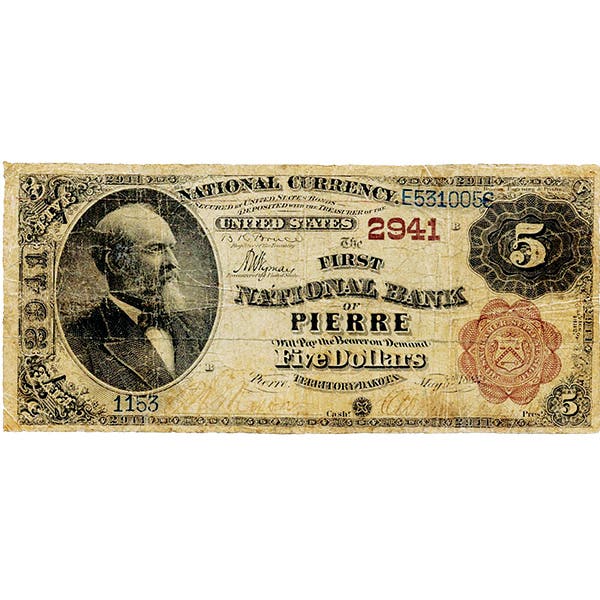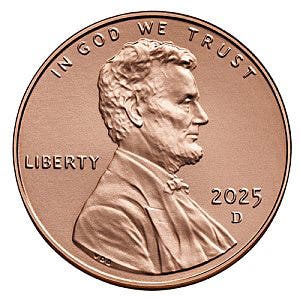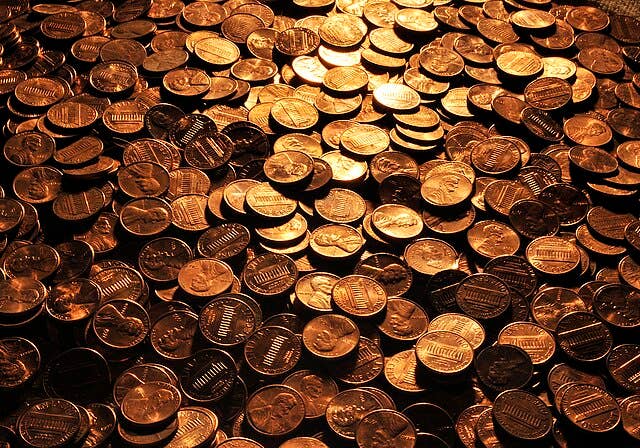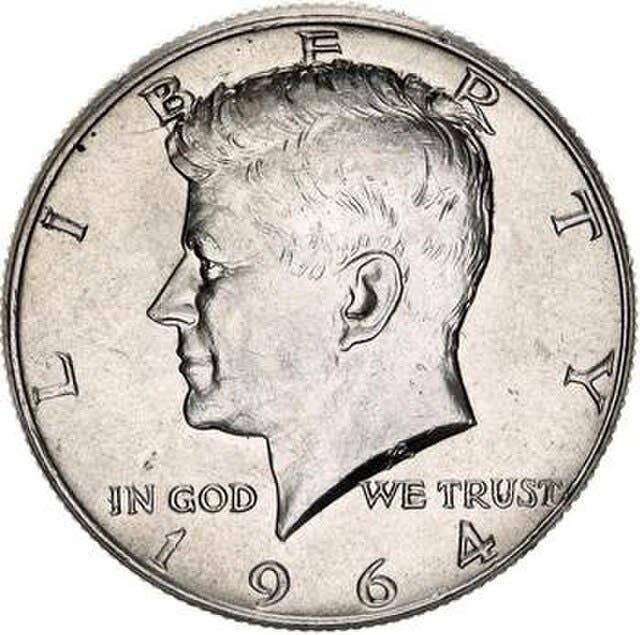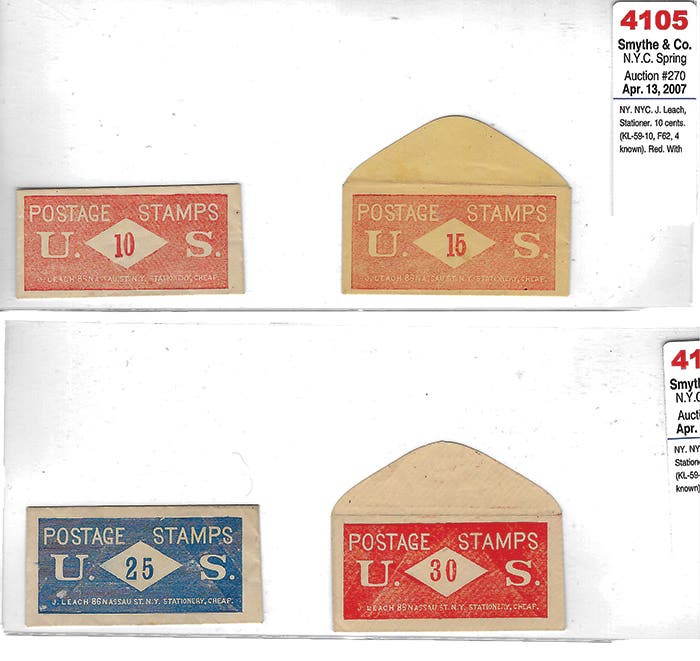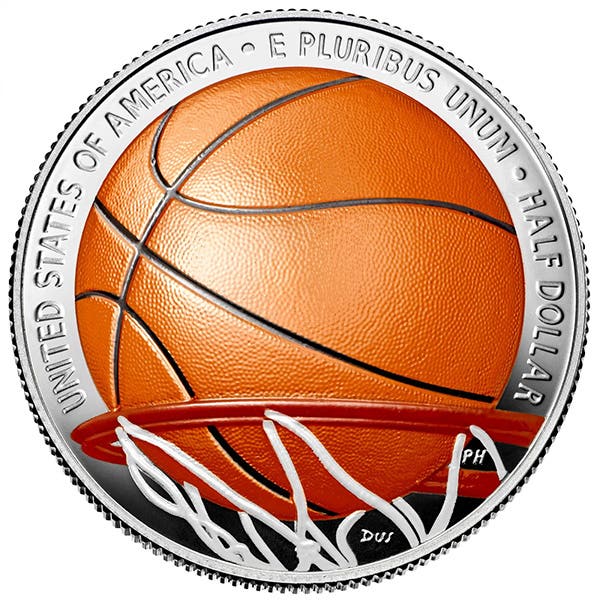Shield nickel has unimaginative design
The Shield nickel design is unimaginative, and other than the 2- and 3-cent coins of the time is the only coin lacking a depiction of Liberty. Why the shield? The…
The Shield nickel design is unimaginative, and other than the 2- and 3-cent coins of the time is the only coin lacking a depiction of Liberty. Why the shield?
The reasoning for yet another shield only two years after the introduction of the 2-cent coin is a lack of imagination and for that reason was loudly criticized. According to comments published in the 1866 American Journal of Numismatics, “The motto In God We Trust is very opportune, for the inventor of this coin may rest assured that the devil will never forgive him for such an abortion.”
Why was the reverse of the Shield nickel modified in 1867?
The more simplified reverse on which the rays have been removed was meant to address the problem of too much metal displacement and striking difficulties that caused the dies to wear out faster as well as break.
Is the portrait of John F. Kennedy appearing on the Mint medal commemorating his presidency the same as that appearing on the half dollar beginning in 1964?
The original models for the Mint medal were modified for the half dollar in an effort to prepare the new coinage design on very short notice, as was desired by President Lyndon B. Johnson.
Why does such a small eagle appear on the reverse of the Franklin half dollar?
An eagle was mandated by the Coinage Act of 1873 to appear on all quarters, half dollars and dollar coins. The initial reverse design for the Franklin half dollar lacked an eagle. Philadelphia Mint Director Nellie Tayloe Ross ordered the design change to ensure the bird was included to make it legal.
Silver was no longer to be used in circulating dimes and quarters due to legislation in 1965. Why wasn’t the half dollar included?
House Committee on Banking and Currency Chairman Wright Patman wanted half dollars included; however, President Lyndon Johnson pushed the 40 percent silver clad half dollar for prestige purposes.
When I started collecting coins in the late 1950s, Brilliant Uncirculated was a generic term that meant any Uncirculated coin that was white, bright and untoned. Based on your answer published in the Jan. 2 issue, Brilliant Uncirculated is now equivalent to a technical grade of MS-60 to -62. If that is true, an MS-60-62 coin that is toned black is now Brilliant Uncirculated?
Copper coins are occasionally described as Brown Uncirculated, Red-Brown Uncirculated, or Red Uncirculated. These verbal descriptions are accompanied by numerical ratings between MS-60 and perhaps MS-67 grades. No such thing exists for silver composition coins. Perhaps it should. Continuing use of the old term Brilliant Uncirculated can easily confuse newcomers.
I was going through my stuff after moving and found a .999 silver round from “Numismatic News” for their 35 years celebration. Will there be any more of these coins in the future – say 70 or 75?
None is currently planned, but this could change between now and the years 2022 and 2027.
E-mail inquiries only. Do not send letters in the mail. Send to Giedroyc@Bright.net. Because of space limitations, we are unable to publish all questions.
This article was originally printed in Numismatic News. >> Subscribe today.
More Collecting Resources
• The 1800s were a time of change for many, including in coin production. See how coin designs grew during the time period in the Standard Catalog of World Coins, 1801-1900 .
• Are you a U.S. coin collector? Check out the 2019 U.S. Coin Digest for the most recent coin prices.




